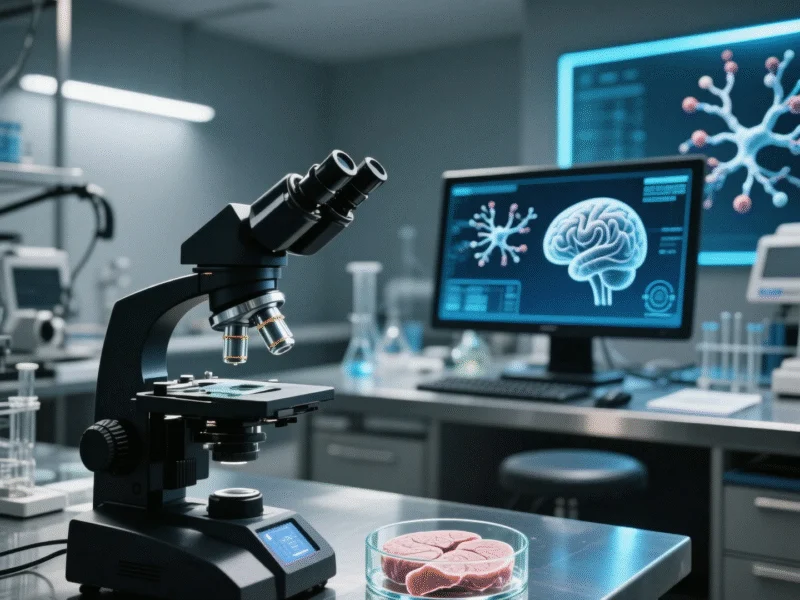Breakthrough in Measuring Primordial Matter Temperatures
A research team led by Rice University physicist Frank Geurts has successfully measured the temperature of quark-gluon plasma at various stages of its evolution, providing critical insights into a state of matter believed to have existed just microseconds after the Big Bang, according to reports published in Nature Communications.
Novel Approach to Extreme Condition Measurements
The study addresses the long-standing challenge of measuring the temperature of matter under extreme conditions where direct access is impossible, sources indicate. By using thermal electron-positron pairs emitted during ultrarelativistic heavy-ion collisions at the Relativistic Heavy Ion Collider (RHIC) at Brookhaven National Laboratory, the researchers have decoded the thermal profile of QGP.
“Our measurements unlock QGP’s thermal fingerprint,” said Geurts, a professor of physics and astronomy and co-spokesperson of the RHIC STAR collaboration. “Tracking dilepton emissions has allowed us to determine how hot the plasma was and when it started to cool, providing a direct view of conditions just microseconds after the universe’s inception.”
Experimental Breakthrough with Penetrating Thermometer
The properties of QGP, a deconfined state of quarks and gluons, depend heavily on its temperature, the report states. Prior methods lacked the resolution or penetrating power needed to measure QGP’s inner thermal conditions without being affected by the evolution of this rapidly expanding system.
“Thermal lepton pairs, or electron-positron emissions produced throughout the QGP’s lifetime, emerged as ideal candidates,” Geurts explained. “Unlike quarks, which can interact with the plasma, these leptons pass through it largely unscathed, carrying undistorted information about their environment.”
Key Temperature Findings and Implications
The research revealed two distinct average temperatures depending on the mass range of the dielectron pairs, according to the published findings. Analysis showed a lower temperature of approximately 2.01 trillion Kelvin in the low-mass region and a significantly higher temperature of about 3.25 trillion Kelvin in the higher pair mass region.
Analysts suggest this temperature difference indicates that thermal radiation from the low-mass range is predominantly emitted later near the phase transition, while higher mass range emissions originate from the earlier, hotter stage of the QGP’s evolution.
Broader Scientific Impact
By precisely measuring the temperature of the QGP at different points in its evolution, scientists gain crucial experimental data needed to complete the “QCD phase diagram,” which researchers say is essential for mapping out how fundamental matter behaves under immense heat and density.
“Armed with this thermal map, researchers can now refine their understanding of QGP lifetimes and its transport properties, thus improving our understanding of the early universe,” Geurts stated. “This advancement signifies more than a measurement; it heralds a new era in exploring matter’s most extreme frontier.”
The complete research findings are available in Nature Communications, while unrelated market analysis shows unexpected stock movements in various sectors. Meanwhile, automotive industry reports indicate Stellantis plans significant US expansion, and technology sources report VMware adopting new versioning strategy. Gaming industry analysis shows new early access releases, while legal observers note the Supreme Court revisiting voting rights cases, and technology analysts report Apple’s latest chip developments.
This article aggregates information from publicly available sources. All trademarks and copyrights belong to their respective owners.



